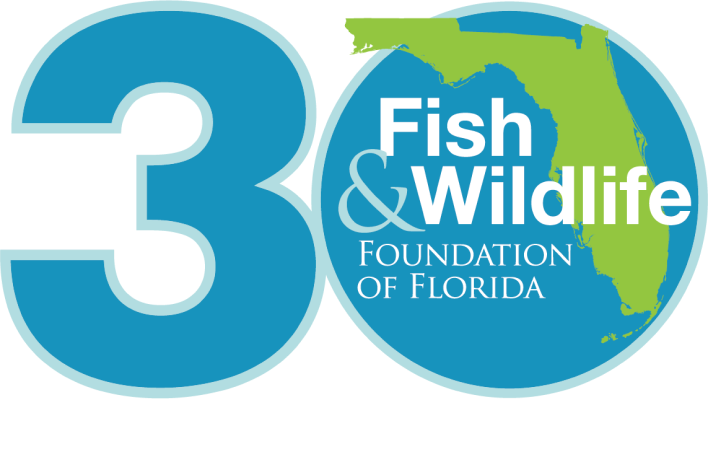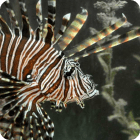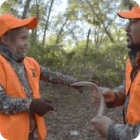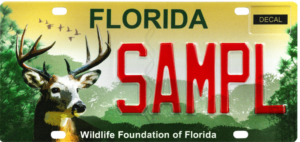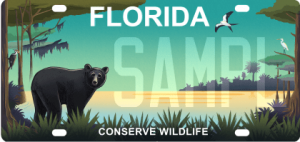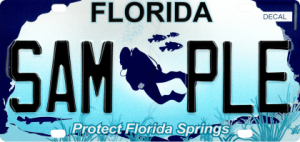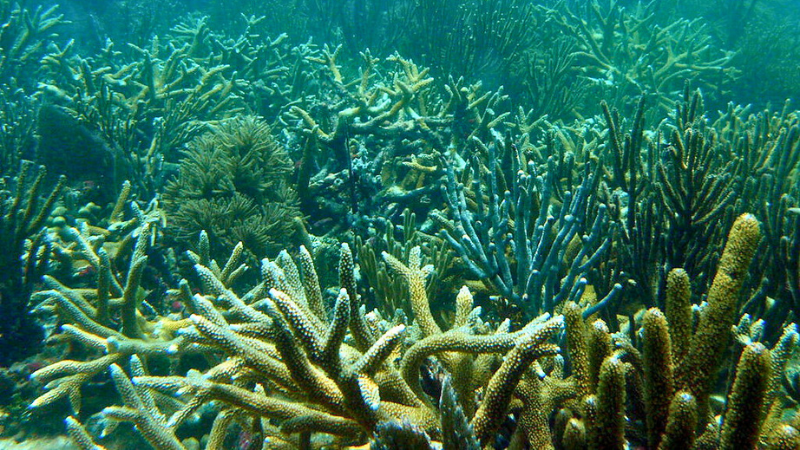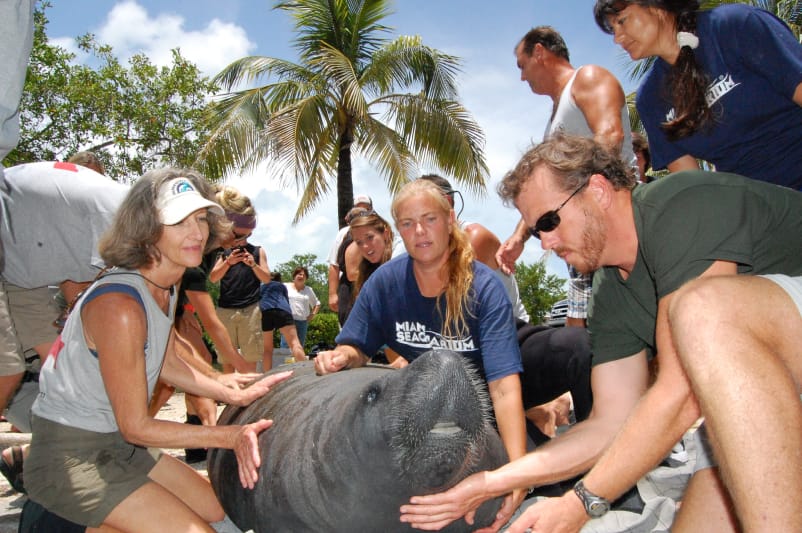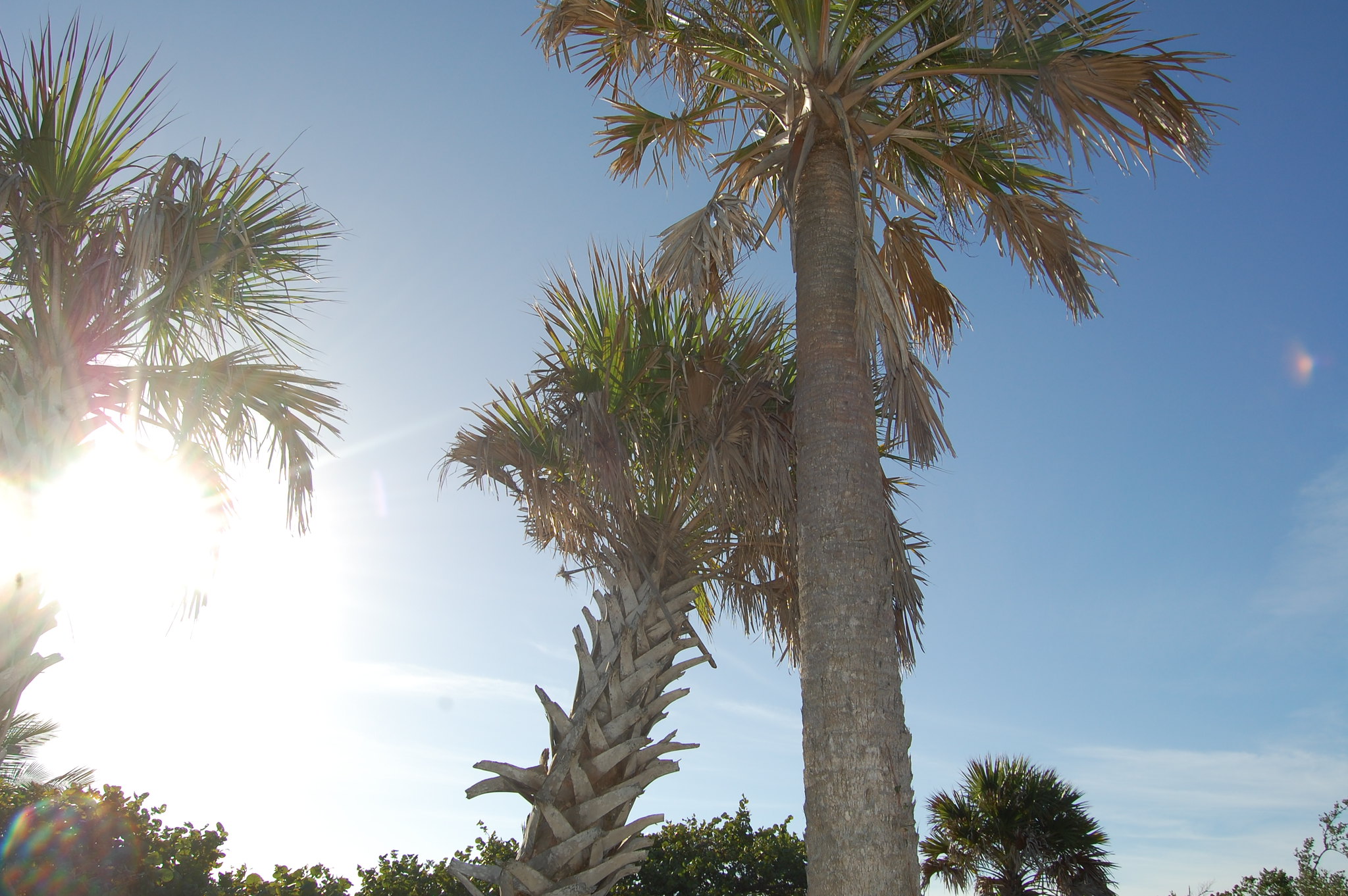
Por: Kyle Grammatica
Cuando piensas en Florida, probablemente veas olas rompiendo sobre la arena suave, pájaros cantando en el bosque y tortugas sacando silenciosamente la cabeza del agua. Todas estas imágenes serenas estarían incompletas sin el árbol más emblemático de nuestro estado: la palmera. Pero una enfermedad letal amenaza a las palmeras en todo el estado.
¿Qué es el bronceado letal?
Las palmeras de Florida se enfrentan a una epidemia causada por una bacteria extranjera Phytoplasma palmae. Phytoplasma palmae Se cree que la bacteria se originó en México y se ha propagado a Texas, Florida y el Caribe. Los expertos creen que la bacteria llegó a Florida en 2005 a causa del huracán Wilma u otra tormenta que se trasladó de México a Florida. La tormenta trajo consigo insectos que estaban infectados por la bacteria; la bacteria causa el bronceado letal/amarillento o declive de la palma Phoenix de Texas (TPPD). El bronceado letal se describió por primera vez en 1980 en Texas; en Florida se informó por primera vez en 2006 en el condado de Hillsborough. La enfermedad pasó de afectar a unos pocos árboles en la Costa del Golfo a convertirse en un problema estatal en una década. El bronceado letal ha matado decenas de miles de palmeras a lo largo de los años y se está propagando rápidamente por todo el estado.
Pytoplasma palmae es llevado de árbol en árbol por Haplaxius crudus, Un pequeño insecto alado. Se les conoce más comúnmente como cixíidos de la palma americana. Los cixíidos de la palma americana son una especie de cigarra. Por lo general, miden solo unos pocos milímetros de largo y son de color amarillento-canela. Son el único vector conocido del bronceado letal. Los cixíidos de la palma americana comen la savia de las hojas de las palmeras y, si son portadores de la bacteria responsable del bronceado letal, la transmiten al árbol a través de su saliva. Todos los cigarras que comen de un árbol infectado se infectarán con la bacteria y la propagarán a otros árboles y, posteriormente, a más cigarras. Una vez que la bacteria está dentro de un árbol, se mueve a la base y obstruye el sistema circulatorio del árbol. Las obstrucciones hacen que sea imposible que los nutrientes se absorban y se muevan por todo el árbol. Una vez que un árbol se enferma, muere en unos pocos meses y ningún tratamiento lo salvará. Los árboles infectados dejarán caer su fruta y las hojas comenzarán a volverse marrones de abajo a arriba.
¿Qué se está haciendo para detener la propagación?
Los investigadores de la Universidad de Florida están estudiando actualmente la enfermedad y probando si las dosis altas de antibióticos pueden proteger a los árboles que se han infectado recientemente. El Departamento de Agricultura del estado también inspecciona los viveros de palmeras para comprobar si hay enfermedades. Si se encuentra un árbol infectado, se lo retira y los demás árboles se ponen en cuarentena y reciben antibióticos para ayudar a prevenir la infección. Los gobiernos locales, los ciudadanos y las empresas pueden tratar de prevenir la enfermedad plantando otros árboles cerca que no atraigan a los cixíidos de la palma americana. Para proteger la vida silvestre nativa de Florida de amenazas invasivas, haga una donación aquí.
